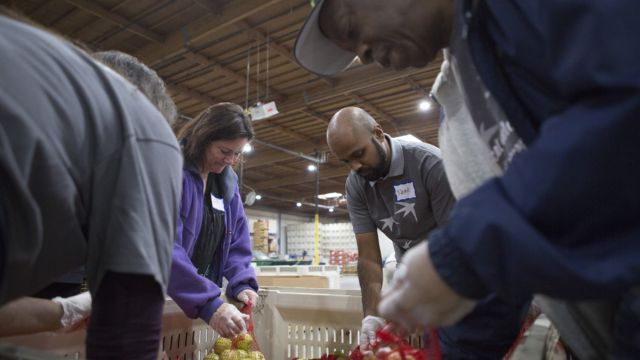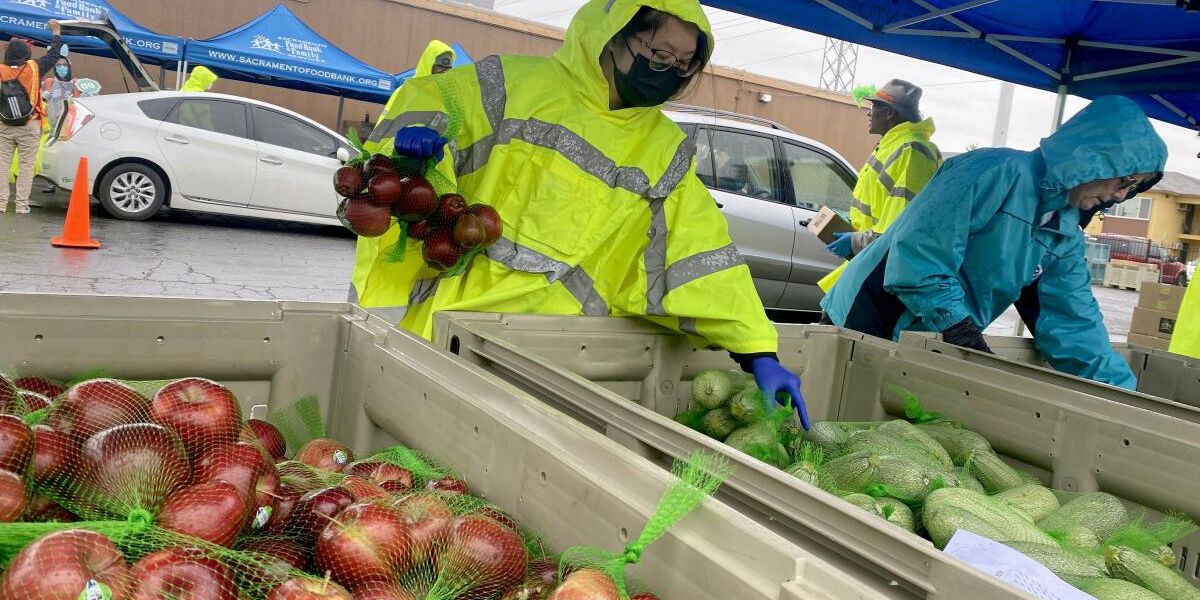According to Steve Morris, the GAO’s Director of Natural Resources and Environment, food costs were driven by a combination of factors, including the pandemic. Key variables, he added, include the conflict between Russia and Ukraine, the avian flu pandemic that drove up egg prices, and climate change.
U.S. food costs have risen at their fastest rate since the 1980s throughout the previous three years. Community food banks have arisen as a means for those in need to access the food they need during this crisis.
From 2021 to 2022, national food prices grew by 11%, compared to an average annual increase of 2% in previous years, according to the U.S. Government Accountability Office (GAO). There was a 12% growth in the San Francisco Bay Area from 2021 and 2022.
According to Steve Morris, the GAO’s Director of Natural Resources and Environment, food costs were driven by a combination of factors, including the pandemic. Key variables, he added, include the conflict between Russia and Ukraine, the avian flu pandemic that drove up egg prices, and climate change.

Morris predicts an 8 percent drop in food price hikes, but she still thinks high prices will be there for a while.
SEE MORE –
Line-Break Now ! An Unexpected Layoffs Announced by Leading Food Company
Additionally, he mentioned that low-income families may spend 30% of their income on groceries, which is significantly higher than the typical person’s 10% and makes the impact of food price rise much more noticeable.
The statement was made by Morris, who explained that as food costs rise, people may face difficult decisions, such as whether to spend money on food or other essentials like housing, healthcare, or other requirements.
The main food distributor in Alameda County (AC) is Michael Altfest, who also serves as the director of community engagement and marketing for the AC Food Bank. The AC Food Bank has more than 400 community partners that receive donations on a regular basis.
The amount of food supplied to community partners by Altfest has increased from 2019 to 2023, according to the event. The food bank distributed 32.5 million pounds of food in 2019, and 58.1 million pounds in 2021, at the height of the pandemic. Nearly 60 million pounds of food will be distributed this year.
According to Altfest, “the state of hunger is right now” if this year’s provision is expected to surpass what was provided during the pandemic.
State and federal relief programs assisted families in covering substantial expenses, like as groceries, during the peak of the pandemic. Among these initiatives was the expansion of the child tax credit, which allowed eligible families to get a tax refund of $2,000 to $3,600 each year.
An other initiative that tackled food insecurity head-on was the expansion of SNAP and CalFresh. People with low or no income can get food stamps or other forms of government aid to help them eat healthily. However, families faced a reduction of at least $95 in their aid earlier this spring due to financial cuts to the state program CalFresh.
In Alameda County, the cost of living is a topic that everyone brings up. Expenses like rent and groceries crop up over and time again, as Altfest pointed out.
The Oakland-based nonprofit Homies Empowerment is one of AC Food Bank’s community partners; it was founded with the goal of providing constructive community support to youth.
The initiative to assist families with food provision started in May of 2020, according to Selena Duarte, the FREEdom Store Coordinator, when the original store was stocked only with books. Students informed the team at Homies Empowerment that while it was nice to have books, “they can’t eat books,” indicating that there were more pressing needs in the community that needed to be addressed.
The group’s offerings have grown since then. In addition to stocking their makeshift store with supplies every Tuesday, they have also set up the FREEdom Farm to grow their own vegetables, which they then sell, and they provide delicious breakfast five days a week to forty students and their families.
Due to the growing number of individuals requesting assistance in reducing their grocery spending, Duarte said that they are continuing to expand their food services, and they serve about 400 families every week. Despite claims that the “pandemic is over,” she is aware that families are still dealing with significant stress.
The next step, according to Duarte, is to establish a sustainable community food hub. This would allow members of the community to cultivate, distribute, prepare, and preserve their own food.
